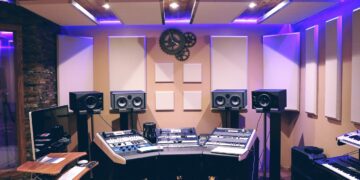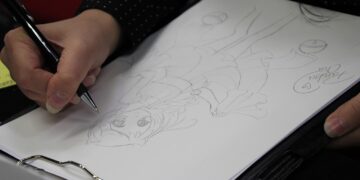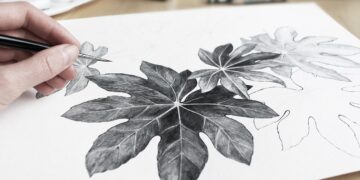Office Interior Design
Office interior design involves creating a work environment that promotes creativity and productivity. The right office space can help improve employee morale and increase profits.
Interior designers often use dynamic lines to create contrasting designs in their spaces. Horizontal lines imbue a room with stability and balance, while vertical lines can draw the eye upward.
Colors
Colors play an important role in how people feel while working in a specific space. A bland white office can seem clinical and sterile while bright colors can boost productivity and stimulate creativity.
A balance of medium grays is a popular choice for an office design. This neutral can be used for the walls and furniture, or you can go bolder with a charcoal grey to create an airy feel in the room.
Sage green is another shade that is popular for office spaces. This color can lean towards vintage-inspired, but it also looks great with green plants and natural wood tones.
For those who aren’t quite ready to commit to a full-on neutral, cobalt blue is a great option. This color can be balanced out with some lighter shades of blue or white to keep it from feeling too dramatic.
Lighting
In addition to selecting the right colors for office decor, designers also consider different types of lighting. These can include ambient, task, accent, and decorative lighting. Defining the purpose of each fixture early on can help the designer select lights that directly work towards achieving their goals for the room.
For instance, a large chandelier can be used in offices with vaulted ceilings to highlight the architecture and elevate the overall feeling of the space. Ornamentation and flourish can fit into traditional designs as well through the use of golden picture frames and floral curtains or book ends.
Stairways and corridor spaces require a high illuminance to avoid shadowing and make for safe passageways for those moving throughout the space. This can be achieved through recessed ceiling lights or strip lighting on the wall.
Furniture
Furniture is a central element of office interior design. Its purpose is to provide comfort and support in the workplace while promoting productivity. It can also add a sense of style and personality to the space.
Decorative elements such as artwork and wall coverings can also be used in office interior design to create a comfortable and inviting workspace. These elements can also help to reinforce the business’s brand and culture.
The furniture that is used in office interior design can vary depending on the type of work being done. In general, ergonomic furniture is preferred. It allows employees to stay comfortable while they work and can reduce the amount of time they spend sitting down. It can also reduce stress and encourage a healthy lifestyle.
Floors
Flooring is one of the most important aspects of any interior design. It needs to be functional and durable, but it also has to match the overall aesthetic of the space.
Commercial office floors come in many different materials. Sisal, for example, is a coarse fiber that adds texture to any room. Bamboo is another natural option that’s both eco-friendly and easy to maintain.
In open-concept offices, flooring is an effective way to visually separate spaces without adding walls. The use of contrasting tones like those found in Rudiment’s carpet tile can accentuate an open layout by making areas feel more distinct. It also works well with a residential-inspired trend that’s becoming popular in modern workplaces, known as ‘residential’. This brings a home-like touch to workspaces that can help improve well-being.
Wallcoverings
For offices with employees in creative roles, a beautiful workspace is crucial to inspire their ideas and get the creative juices flowing. A mural wall is an excellent way to add a unique focal point to a room.
Unlike paint, scrubbable wallpapers and washable papers are ideal for areas with high foot traffic. These materials can withstand wear and tear and are easily cleaned with a sponge or cloth.
Current office design trends include combining old and new designs for an inspiring fusion of past and present. This includes herringbone patterns and geometric design in flooring and walls and incorporating bright pops of color alongside tones of ivory and gray. For a more natural design element, many modern workplaces incorporate living walls or plant walls. Unlike potted ficus plants, these indoor gardens provide benefits including air quality improvement, noise reduction, and mental health benefits for employees read more information








































